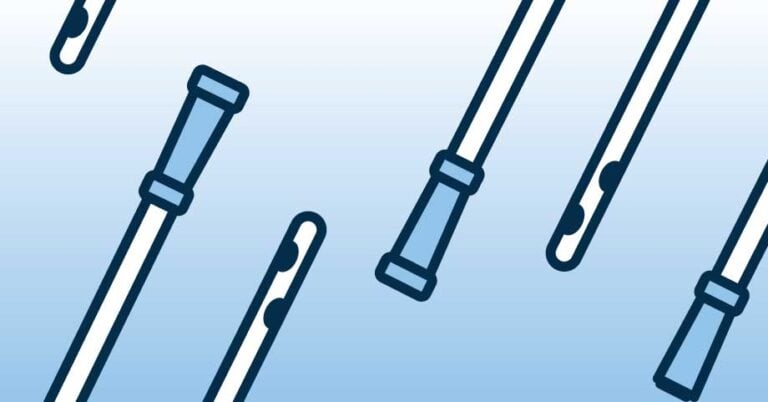Welcome to our Urinary Catheter Q&A page, where we address common questions and concerns related to catheterization. Whether you’re new to cathing or looking for tips on best practices, we’re here to provide insights and guidance. From understanding catheterization schedules to choosing the right type of catheter for your needs, let’s delve into the details that can make your catheter experience more comfortable and effective.
Q. How often should I catheterize?
A. Basic catheterization schedules suggest 4 to 6 times a day. You and your physician will determine what is best for you. The goal is to drain the bladder often enough to keep the bladder urine volume at a level that does not cause pressure on the ureters and kidneys. For some conditions, this can be one time a day and for others it may need to be eight times a day. For many conditions, a pre-planned cathing schedule is best. Very active individuals may need to vary their cathing schedules with jobs, hobbies, interests, or travel. The key is to be sensitive to your cathing needs and never wait too long in between catheterizations especially when you are consuming extra fluids. You must protect your kidneys from damage.
Q. Can I re-use my catheters?
A. The FDA has determined that sterile intermittent catheters are for single use only. While a few individuals have experienced success with washing and re-using catheters, there is evidence that re-use of catheters can cause urinary tract infections. Medicare, Medicaid, The Office of Veterans Affairs, and many insurance companies recommend or cover sterile single-use catheters.
Q. I am new to cathing and feel like I am meeting too much resistance when I attempt to insert the catheter.
A. Make sure that the catheter is sufficiently lubricated. Also, try to relax. If you are anxious, you can get tense which can make the sphincter muscle tighten and make it difficult to move the catheter from the urethra into the bladder. As your technique improves, inserting the catheter will become easier. If you are an experienced catheter user and you encounter difficulty inserting you catheter, see your physician for evaluation.
Q. The catheter I am using feels to stiff and hard. Are there other catheters that I could try?
A. Yes, depending on the catheter you are using now, there are soft versions of PVC catheters and red rubber catheters are very soft. Your S2 Medical Catheter Specialist can discuss the options with you.
Q. I also wear a male external catheter. Can I catheterize without taking the external catheter off?
A. It is possible but not recommended because when the external catheter is in place, it becomes extremely difficult to clean the urethral opening since it is covered and difficult to access. Inserting the catheter past the tip of the external catheter without contaminating the tip of the intermittent catheter would be almost impossible. If possible, you may want to consider using an external catheter that is not self-adherent. This would help minimize skin irritation associated with applying and removing the external catheter.
Q. I am a female. Can I use a male intermittent catheter instead of the female catheter that I have been using?
A. Yes, the female catheter is about 6 inches long and the male catheter is 16 inches long. The male catheter can help female catheter users who need extra length to handle the catheter. Use extra care when cathing so that you do not insert too much of the catheter into the bladder. The extra length of the male catheter should be for handling purposes or drainage into a toilet, etc and not for deeper insertion into the bladder. If you insert a catheter too far into the bladder, you may not be able to drain urine fully or at all and you may damage the lining of the bladder.
Q. I have had several urinary tract infections over the last year. Is there a different catheter that I could use to avoid getting a urinary tract infection.
A. You may benefit from using a closed system catheter. Your S2 Medical Catheter Specialist can discuss the different options with you and work with you and your physician to obtain the medical documentation necessary for you to receive these special catheters.
Q. What should I do if I see blood in the urine?
A. A small amount of blood on occasion can be normal. If there is a lot of blood or if you see blood all the time, contact your physician for evaluation.
Q. How much fluid should I drink each day?
A. Adults usually need about 6 to 8 glasses (8oz.) of fluid per day. This may not be for everyone though so you should work with your physician to establish an appropriate amount for you. Also, as you become alert and sensitive to your body’s need for hydration, you can adjust to what is best for you. We usually drink more in hotter more humid climates. If you suspect a urinary tract infection, you may want to drink more. When other health factors such as heart and/or kidney disease are involved, you will need your physician to determine how much fluid you should have.


